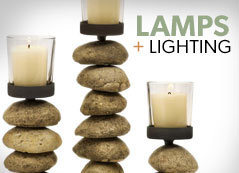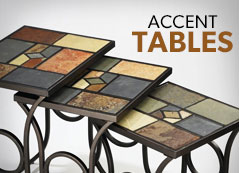
File Cabinets
A filing cabinet is a piece of office equipment that is useful for temporary and permanent storage in your office or house. It is usually used for the storage of paper documents in a file folder. It is true that today's world is full of electronic documents but paperwork is still a huge factor in most offices and because of this file cabinets remain a fixture. When choosing a filing cabinet, the choice will involve more than just selecting the number of drawers you want on it. There are important differences that can affect whether you wind up with a great and neatly organized filing system or just mounds of paper stacked on top of desks. When considering your home or office space, the sizes and types of documents you store, and quality of construction, you can see, that there are many things to consider when buying your filing cabinet.
There are two main types of file cabinets on the market. The traditional file cabinet is called a vertical file cabinet. These have anywhere from two to five drawers per cabinet. Letter or legal sized files are stored facing the front of the drawers. An alternate design is a lateral filing cabinet. Lateral file cabinets offer a great way to store files and add desk top space at the same time.
Vertical file cabinets are often preferred in offices where wall space is at a premium. Although vertical files do not hold as much as a lateral file, they take up much less wall space and feature drawer depths ranging from 15 to 28 inches. In general, a vertical file cabinet is used to store folders in an up and down fashion. History says that the vertical file cabinet was invented by Edwin G. Seibels in 1898. He was working in his father's insurance office and realized that the then current system of folding papers into envelopes and storing them in pigeon holes could be improved if the folding was dispensed with. The documents could then be stored in large envelopes vertically, in drawers. Metal file cabinets and steel file cabinets are perfect for industrial or other heavy duty filing use. Many of our government and institutional customers require heavy duty metal or steel file cabinets and storage solutions.
Many lateral files also have companion storage hutches or cabinets that can neatly sit on top for even more storage. These cabinets are much wider than standard designs, allowing files to be stored front to back or side to side in the drawers. They are also not as deep as vertical cabinets, allowing them to serve as wall partitions or credenzas. A lateral file cabinet is used to store folders in a sideways fashion. They are the standard type of file cabinet in government and legal offices. They also permit variety in office design. These are also called side filers in Great Britain. Lateral files are more flexible in terms of filing. They can usually hold legal and letter-sized files in the same drawer, while vertical designs must choose one or the other. Lateral drawers are also bigger, holding about one-third more files than a standard vertical unit, with cabinets available in widths from 36 to 42 inches.
Safety features are a matter of quality and should be a priority as well. When identifying a high-quality file cabinet, the first area to examine is the suspension system that holds the drawers. Even when filled with heavy files, the well-built cabinet drawers should open and close smoothly. The highest quality file units use counterweighted drawers and internal locking devices that allow only one drawer to open at a time. It is important to look for some mechanism to keep the file cabinet from tipping over when multiple drawers are pulled out.
The more use a file cabinet receives, the more likely it is to be damaged. So when you purchase your file cabinet you should choose a higher, thicker, and more durable grade of steel that will protect internal and external components of your file cabinet from damage. There are specially tested file cabinets that have been found to be fire and impact resistant.
File cabinets can maintain an interior temperature of less than 350° F for one hour even if there is a big fire and the temperature around it gets to 1700 degrees! Some cabinets can even protect computer disks and media tapes, which must be kept below 125 degrees to avoid damage. In many cases, a safe can be a less expensive alternative to file cabinets for safely storing confidential materials.
If your storage needs exceed your available filing space, you may want to consider a mechanical filing system. These consist of rolling cabinets that can store many more files in a set amount of floor space. To access the files, you simply roll or move the cabinets apart to create an aisle. Another option is open shelving, which are sets of shelves placed side by side and on top of one another. With open fronts, all files are easily accessible, and it is simple and inexpensive to add shelves as your business expands.
Buying a safe may provide a substantially cheaper alternative to storing important media and documents than paying the extra $400 to $500 for a fire or impact resistant filing cabinet. The cost of a file cabinet depends on the materials used, the number of drawers, the dimensions, and the lock.
Most manufacturers offer cabinets in different colors, designs, and materials to fit in with the rest of the system design so there are a lot of different options to choose from to pick the best file cabinet for your office or home!
Your filing cabinet your piece of office equipment that is useful for temporary and permanent storage in your office or house of paper documents in a file folder. There are a lot of options to choose from in buying your file cabinet, so pick the one that is most suited to your needs! Good luck on your new purchase!




























